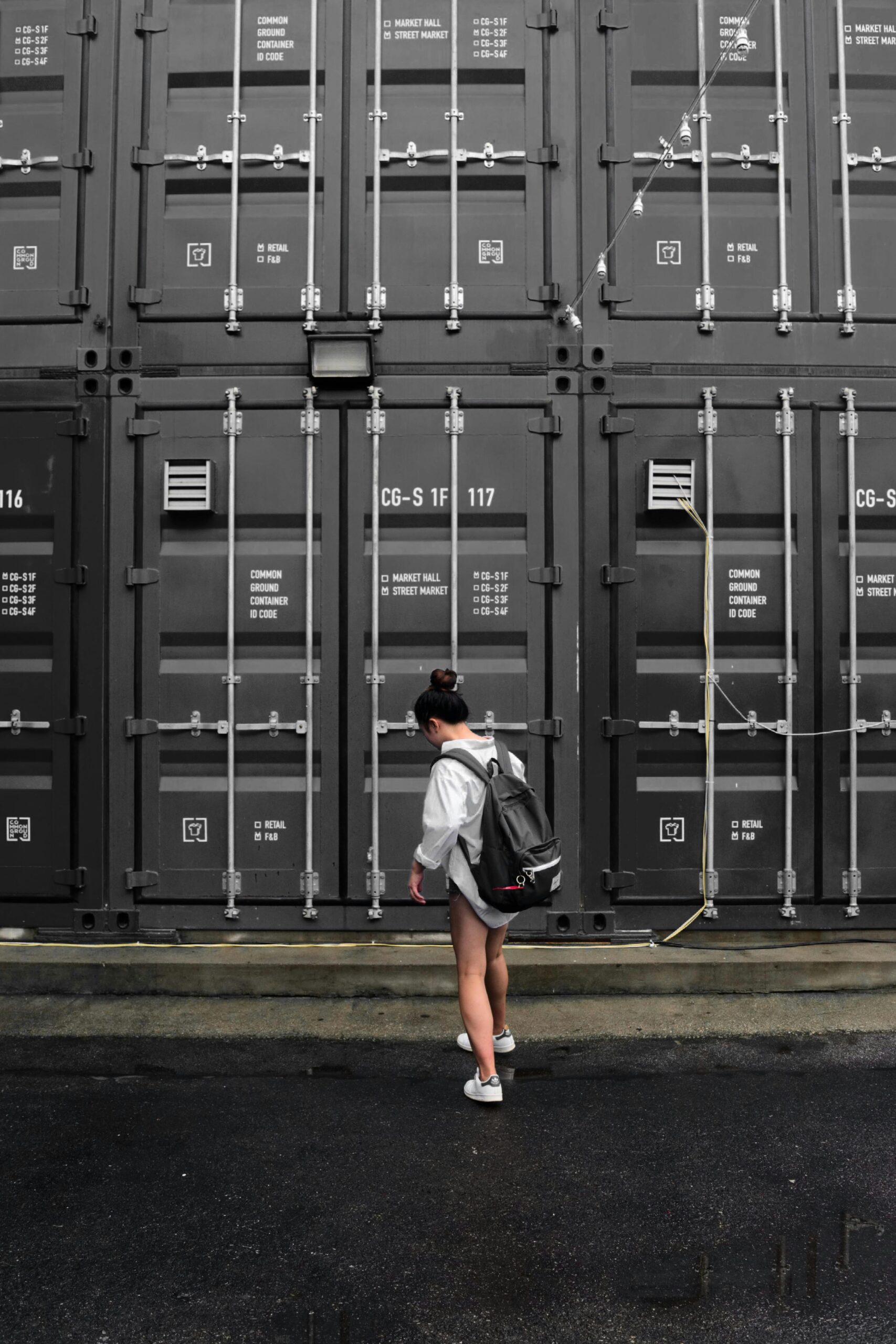Korean Fashion Icons & Trends: Where Tradition Meets Global Influence
South Korea has emerged as a cultural powerhouse, and its fashion scene is no exception. Blending traditional aesthetics with futuristic innovation, Korean designers and celebrities have redefined global style norms. From the hanbok’s delicate silhouettes inspiring modern reinterpretations to K-pop idols setting viral trends, the country’s fashion identity thrives on duality—respecting heritage while embracing experimentation. Icons like G-Dragon, BLACKPINK’s Jennie, and actor Lee Min-ho exemplify this balance, merging luxury labels with streetwear sensibilities. Meanwhile, Seoul Fashion Week has become a must-watch event, spotlighting avant-garde designers like Juun.J and Rejina Pyo. This article delves into the forces shaping Korea’s fashion landscape, exploring its historical roots, celebrity-driven momentum, streetwear revolutions, and sustainable future.
The Historical Roots of Korean Fashion Innovation
Korean fashion’s DNA intertwines centuries-old traditions with rapid modernization. The hanbok, once daily attire, now influences contemporary designs through flowing lines and vibrant colors—seen in brands like Tchai Kim and Danha. Post-Korean War industrialization introduced Western styles, but the 1990s marked a turning point as homegrown designers gained international acclaim. Figures like Lie Sang Bong (who dressed Beyoncé) fused geometric hanbok motifs with Parisian tailoring, while the “Korean Wave” (Hallyu) of the 2000s turned K-drama wardrobes into aspirational templates. This era established Korea’s reputation for meticulous craftsmanship and hybrid aesthetics, paving the way for today’s genre-blurring trends.
K-pop’s Role in Redefining Global Style
K-pop idols are fashion’s new tastemakers, with groups like BTS and aespa collaborating directly with luxury houses. Stylists like Gee Eun (creative director for BLACKPINK) curate looks that spark instant trends:
- Oversized blazers paired with harness accessories
- Gender-neutral layering, such as ruffled shirts under tailored suits
- “Hugging Earrings” popularized by NewJeans’ Hanni
Platforms like Instagram and Weverse amplify these styles, creating a feedback loop where fan demand influences brand strategies. Luxury giants now debut collections in Seoul alongside Paris and Milan, recognizing Korea’s power to shape youth markets worldwide.
Seoul Streetwear and Youth Subcultures
Beyond K-pop, neighborhoods like Hongdae and Apgujeong nurture grassroots movements. Local brands push boundaries:
- Ader Error: Playful deconstruction with ’80s retro palettes
- Thisisneverthat: Minimalist techwear embraced by skaters
- Marithe Francois Girbaud: Revived by Korean millennials obsessed with Y2K aesthetics
Subcultures thrive here—from “Ugly Fashion” enthusiasts mixing clashing patterns to “Gopnik” styles borrowing from Eastern European sportswear. Seoul’s streetwear scene rejects exclusivity, often prioritizing DIY customization over logo-centric luxury.
Sustainability and the Future of Korean Design
As climate concerns grow, Korean brands lead in eco-conscious innovation. Re;code upcycles military surplus into high-end jackets, while D-Antidote uses algae-based dyes. The government-backed “Fashion Vision 2030” initiative promotes circular practices, with Seoul Fashion Week now requiring participating designers to integrate sustainable materials. Technology also plays a role: AI-powered apps like Zigzag personalize shopping to reduce waste, and virtual influencers like Rozy flaunt digital-only outfits. This forward-thinking approach ensures Korean fashion remains synonymous with both creativity and responsibility.
Conclusion: Korean Fashion as a Cultural Dialogue
Korean fashion’s ascent reflects a broader cultural narrative—one where respect for tradition fuels rather than hinders innovation. From the hanbok’s rebirth in modern ateliers to Seoul’s streets becoming global trend laboratories, each style chapter connects to Korea’s historical resilience and adaptive spirit. Celebrities and designers alike treat fashion as a language, communicating identity in an interconnected world. As sustainability and technology redefine the industry, Korea’s ability to balance ethics with experimentation positions it as a blueprint for fashion’s future. Whether through a BTS member’s airport outfit or a zero-waste jacket, Korean style continues to challenge, inspire, and unite audiences worldwide.
